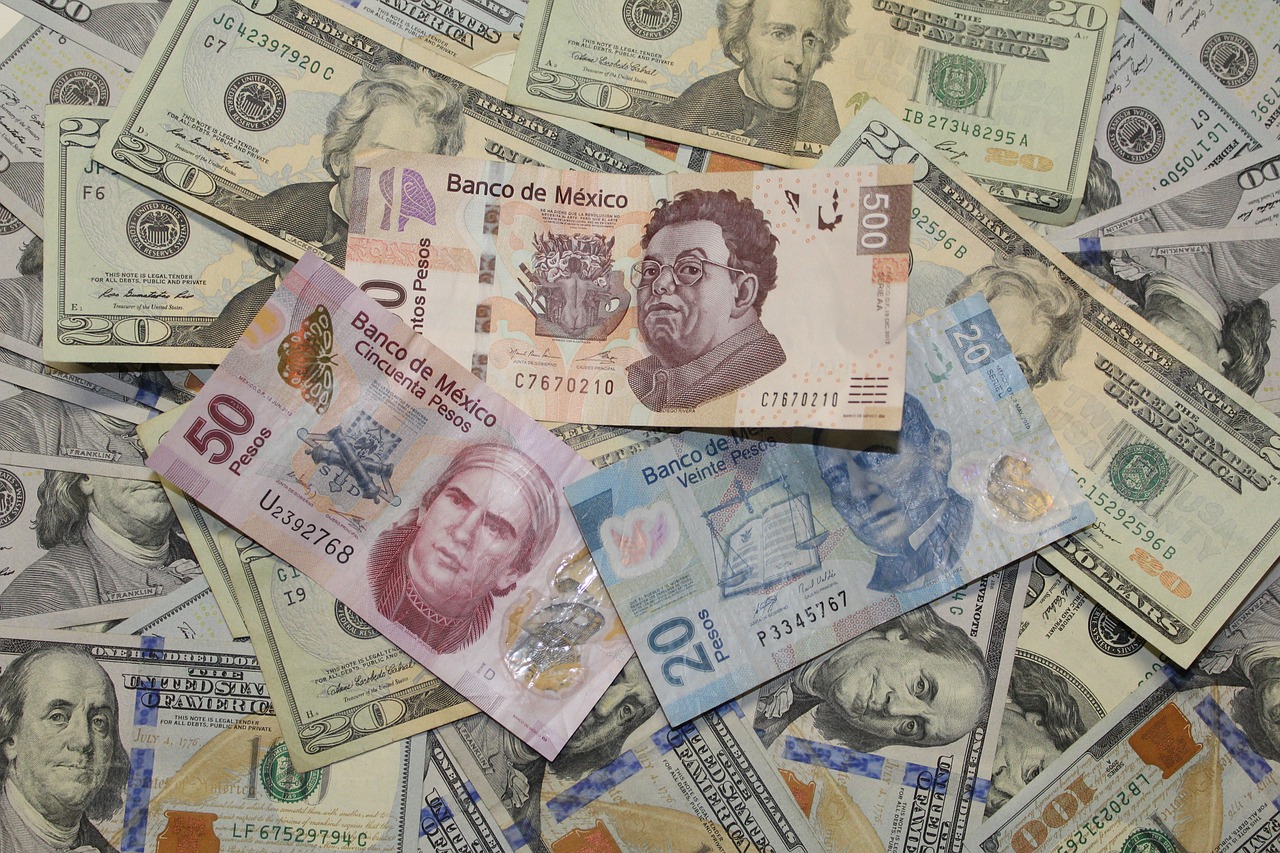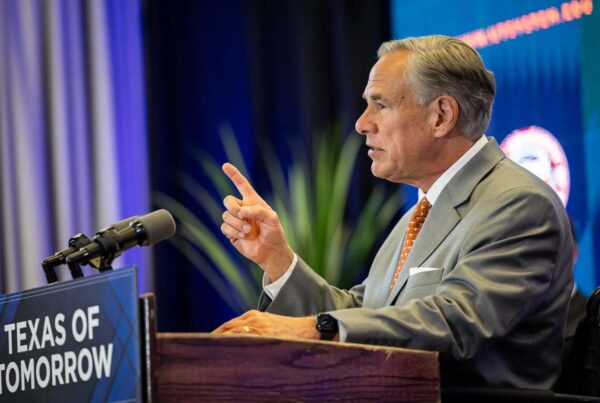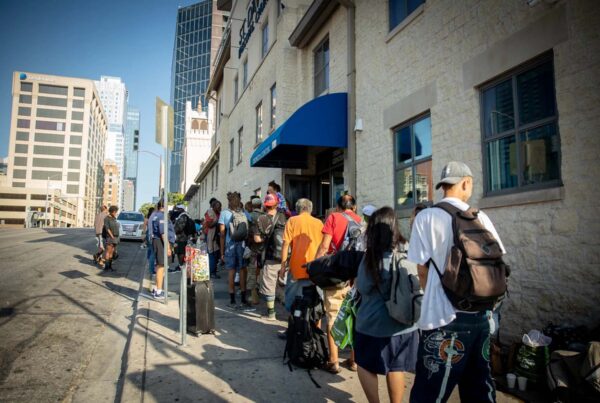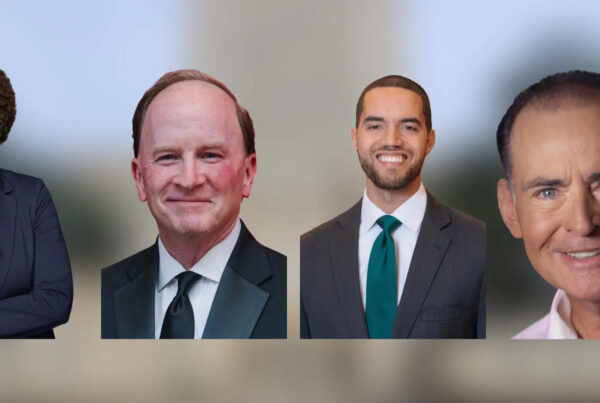Since last spring, the Federal Reserve has raised interest rates as a way of bringing down inflation, which peaked around 9% last fall.
By many measures, this strategy would appear to be working.
Right now, inflation here in the U.S. is just under 4%. At the same time, though, the American economy is massive, which means that steps taken by the Federal Reserve here in the U.S. can have global repercussions.
Since the Fed started raising interest rates last year, currencies in Argentina, Turkey, China and many other countries have become weaker relative to the U.S. dollar. The same thing cannot be said about Mexico.
Over the past year and a half, the Mexican peso has appreciated some 20% relative to the American dollar.
Pon Sagnanert is a Financial Sector Advisor at the Dallas Federal Reserve and he joined the Standard to talk about why Mexico’s peso is so strong. Listen to the interview above or read the transcript below.
This transcript has been edited lightly for clarity:
Texas Standard: So we should begin by talking about the Mexican peso and its strength vis-a-vis the dollar. One American dollar still worth, what, around 17 pesos at the moment, is that right?
Pon Sagnanert: That’s right.
So tell us more about the short term factors that have made the Mexican peso so strong right now.
So one of the most determinant of a currency value is the interest rate differences between a country like Mexico and the United States.When the interest rate is higher in Mexico, it makes the currency more attractive. And as a result, the Mexican peso has been the beneficiary of a proactive and aggressive tightening cycle by the Central Bank of Mexico.
So let me make sure that I understand that, sort of decoded in lay language. As the U.S. government was raising its interest rates, the Mexican government was raising interest rates as well, but they did it faster than we did.
That’s right. So they got started in their hiking cycle almost a year earlier than the Fed. And they also hiked by about two percentage points more than the Fed did during this cycle.
So what does that mean as a practical matter for people who invest in currencies? If you invested in currencies in Mexico, you would be making more money, I guess, because the interest rates are higher.
That is right.
So the policy rate in Mexico is about 11.25%. And it’s 5.5% in the U.S. So the difference is about five percentage points.
So let’s say if I’m a hedge fund or a currency investor, conceptually, I can capture this difference by borrowing money from the U.S. at lower interest rates and then lend in Mexico at higher interest rates. So this means in practice, I sell the dollar to buy the peso. And if enough people do this, there’s more demand for the peso and the currency will strengthen.
What is this doing for the cost of living in Mexico?
If the currency has strengthened relative to foreign countries, that means things that they buy from the United States will be cheaper for them. The flipside is true for the United States, right? We import a lot of automobiles, for example, food and produce, let’s say. This means that these things are more expensive to U.S. consumers.
Well, this is an interesting development because one of the things we’ve covered here recently on the Standard is how Mexico has become the biggest trading partner of the United States, surpassing China. So this rise in the Mexican peso value, what does that mean for our relationship with Mexico and the price of goods and services that we get from Mexico?
I mean, there will always be winners and losers, right?
So with the 20% more expensive peso, the clear winners are, you know, people that sell things to Mexico. These include logistics, trucking companies, refined energy, chemical plastics, manufacturing products, for example. Another winner are the inbound tourists from Mexico. This means that essentially their trip to the U.S. is 20% cheaper for them.
Here in Texas, we share about 1,200 miles or so of border with Mexico. What does this strength of the Mexican economy mean for everyday Texans, do you think?
I think this bodes well for Texas.
I mean, currently about 80% of U.S.-Mexico trade activity crosses the border through Texas. And, you know, Laredo, for example, is the largest port of entry in the country. So, I mean, Mexico is becoming an even more important trade partner.
We expect to see more activity, especially for the industry, that either export products to Mexico or support the export industry here in Texas.
» RELATED: Laredo, already the dominant land port between the U.S. and Mexico, could soon play a larger role
Well, you know what they say about “what goes up typically comes down.” How long is this likely to stand, that the Mexican peso will continue to grow in strength against the dollar? And what does that mean if this continues long term?
We don’t know. I mean, we don’t know where that currency is going to go.
But, you know, it has the tendency to kind of revert to the average long term value. The currency will not stay high forever, but it will probably come down. But we don’t do any sort of forecast at the Dallas Fed.
But what would one expect, though, if the peso would continue to strengthen? Would that put Texas, and the U.S. as a whole, at an economic disadvantage?
No, no, I don’t think so.
I mean, what we want actually, with closely integrated economies like the U.S. and Mexico, is a stable and predictable value of currency. It makes it easier for people, for business people, to price a transaction prize, a long term contract.
And, you know, with stable value of the peso, proactive central bank, as well as good economic fundamentals, this makes it a good business environment.














